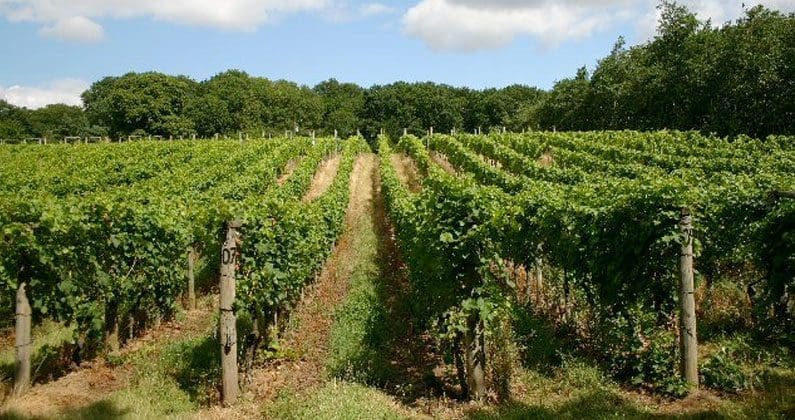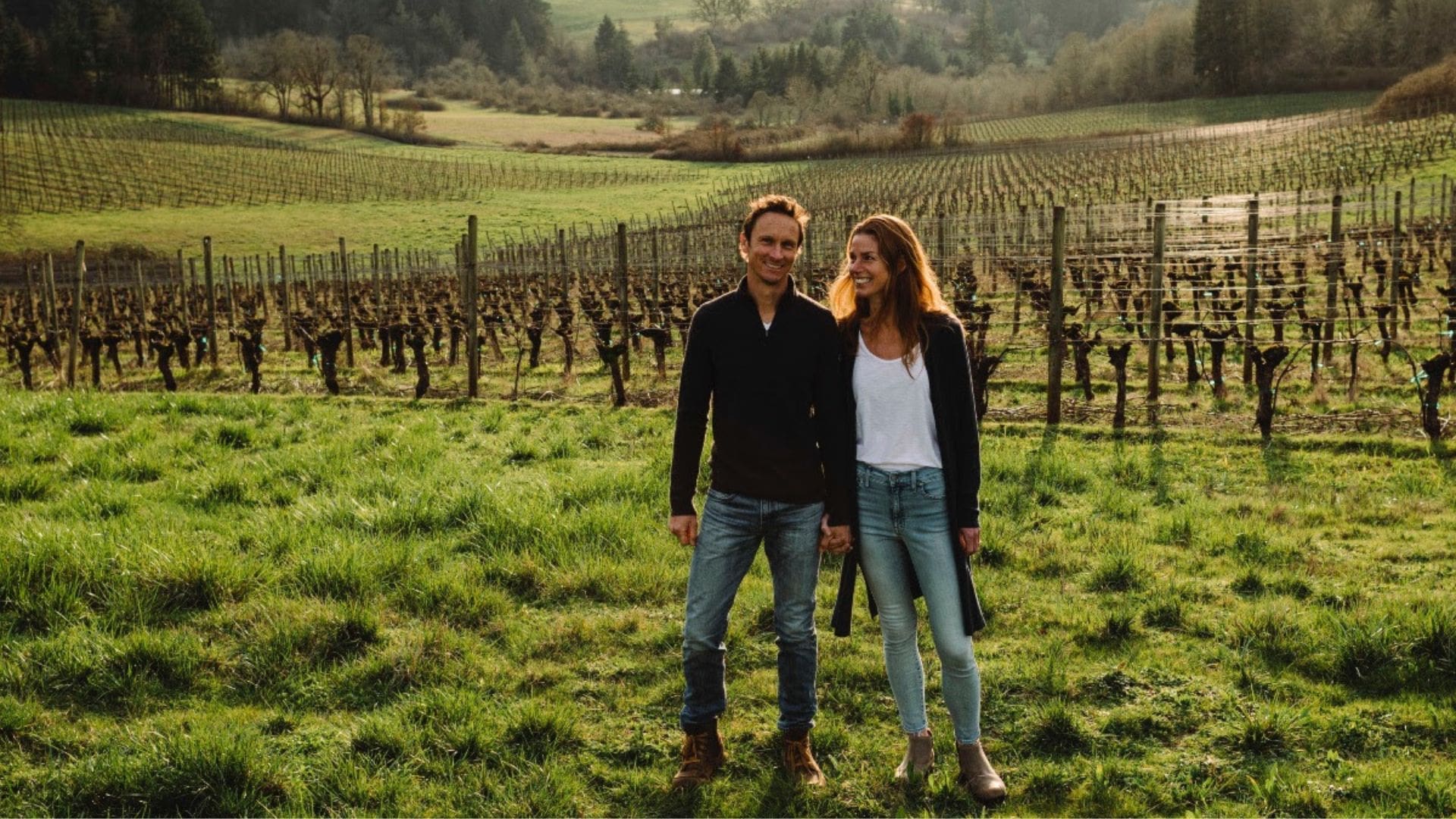Trying to forecast vintages that are still in progress is most assuredly a fool’s game, and yet here I am, writing something in June about wines that, for the most part, are still not even proper grapes yet. Yet it seems that the inescapable reality for the Pacific Northwest’s wine growing regions is that 2015 is going to be hot. Really, really hot. This is news that’s being greeted with resigned shrugs most places, enthusiasm in a few and a bit of concern in the rest. No one is freaking out, exactly, but given that 2014 was the warmest vintage on record basically all over the region, following that with another scorcher is… less than ideal.
Grape vines are generally extremely hardy. They can resist sub-zero temperatures, drought and a whole host of other climatic stresses and challenges. Yet they’re not invincible, and the last year or so has battered quite a few plantings throughout the Northwest. In the Walla Walla Valley for example, last year’s hot summer was followed by an intense, early cold snap that damaged holdings throughout the valley. Some vineyards were even cut back to the ground—an incredibly painful and costly decision forced upon the vintner by the vagaries of nature.
It’s the kind of rollercoaster ride that can be even more damaging in the terra nova of the PNW: places like the Okanagan Valley in British Columbia or Snake River in Idaho. While more established sites and growers may be able to (pardon the pun) weather a difficult vintage, there’s less of a buffer in those regions. Generally speaking, vines are less established, and thus, less hearty.
One possible salvation comes from the fact that even with hot days, much of the Pacific Northwest is still cooling off quite a bit at night. That diurnal shift is essential for preserving acidity in wines, and for protecting the vines from overheating. We’ll see if that trend continues in July and August.
Yet with all that peril comes opportunity as well. Hot vintages tend to score well with certain critics, and they often make wines that can be appreciated more in their youth than with age. Those wines might not hold up in the long run as well as wines with a better balance of fruit, acidity and tannin, but their youthful vitality can be fun and even invigorating.
One caveat applies in all of this: like everyone else, I haven’t tasted any finished 2014 wines yet. In many cases, we won’t be able to see how winemakers throughout the region handled that vintage for another year or more, and it’s certainly possible that some will manage to allay my concerns through a number of strategies, even if some of them have the slight tinge of chemical manipulation: acidification and using reverse osmosis to lower the alcohol content. While it seems a bit unlikely that Mother Nature will offer much relief this year, it’s certainly a hope shared by many winemakers and grape growers in the area.











